The Crown is a former coaching inn known by that name since at least 1669, when it was referred to in local documents as ‘The Inne by the Signe of the Crowne’. The stables, its tack room and the adjoining Bell Hotel stables have all long since gone. In fact, The Crown and The Star are the only coaching inns to have survived in Worcester from the days when the city was an important staging post. Two of the fastest-ever coaches changed horses here – the rival L’Hirondelle and Hibernia, which raced each other from Liverpool to Bristol.
Within the pub there is an original window, which is recorded as a ticket booth for coaches.
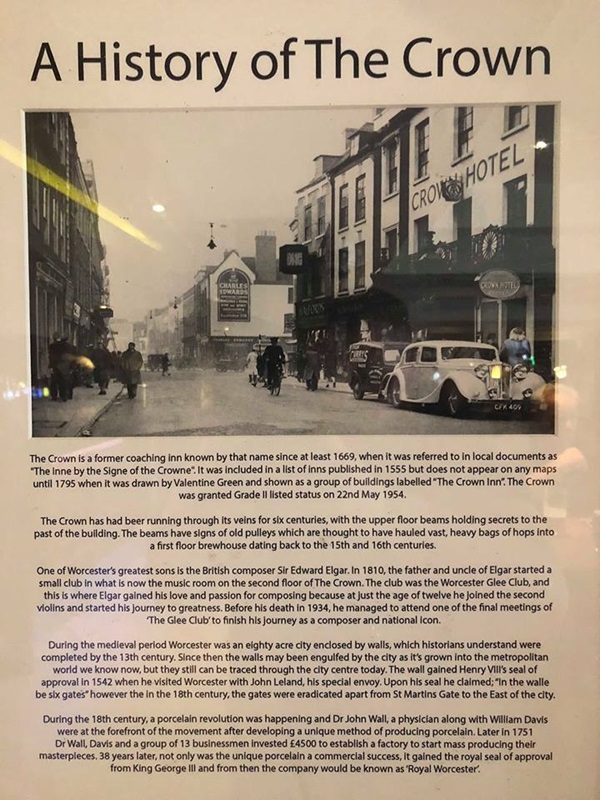
The text reads: This window is recorded as a ticket booth for coaches known to have left The Crown. According to The Royal Worcester Directory in 1794, coaches left The Crown for Ludlow every Tuesday at 2.00pm. This use of the building continued with certainty, according to records, until 1841-44. There is little doubt that the importance of The Crown as a coaching inn continued as the complex developed along Crown passage toward Angel Street and is thought to have included stables, cart or coach shed, ostler’s accommodation, and possibly a brewery and hop store.
A photograph and text about the history of The Crown.
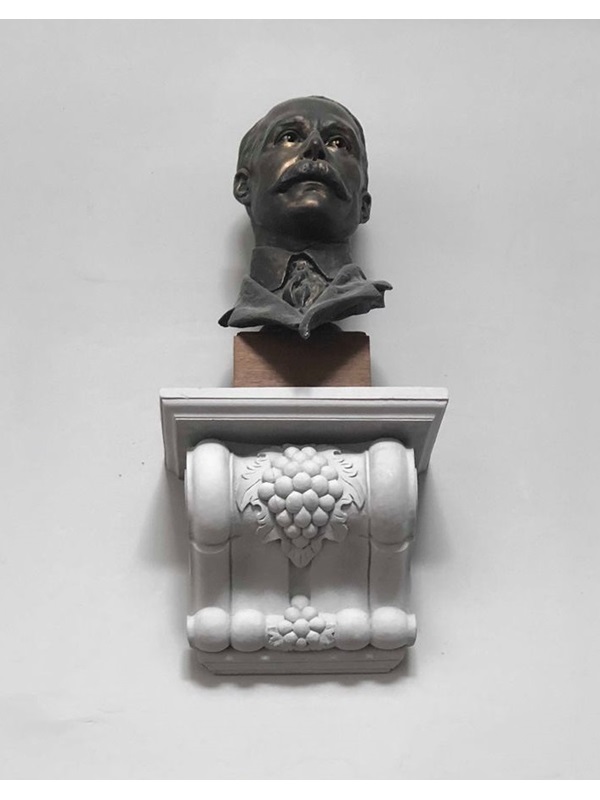
The text reads: The Crown is a former coaching inn known by that name since at least 1669, when it was referred to in local documents as “The Inne by the Signe of the Crowne”. It was included in a list of Inns published in 1555 but does not appear on any maps until 1795 when it was drawn by Valentine Green and shown as a group of buildings labelled “The Crown Inn”. The Crown was granted Grade II listed status on 22 May 1954.
The Crown has had beer running through its veins for six centuries, with the upper floor beams holding secrets to the past of building. The beams have signs of old pulleys which are thought to have hauled vast, heavy bags of hips into a first floor Brewhouse dating back to the 15th and 16th centuries.
One of Worcester’s greatest sons is the British composer Sir Edward Elgar. In 1810, the father and uncle of Elgar started a small club in what is now the music room on the second floor of The Crown. The club was the Worcester Glee Club, and this is where Elgar gained his love and passion for composing because at just the age of twelve he joined the second violins and started his journey to greatness. Before his death in 1934, he managed to attend one of the final meetings of ‘The Glee Club’ to finish his journey as a composed and national icon.
During the medieval period Worcester was an eighty acre city enclosed by walls, which historians understand were completed by the 13th century. Since then the walls may been engulfed by the city as it’s grown into the metropolitan world we know now, but they still can be traced through the city centre today. The wall gained Henry VIII’s seal of approval in 1542 when he visited Worcester with John Leland, his special envoy. Upon his seal he claimed; “In the walle be six gates” however the in the 18th century, the gates were eradicated apart from St Martins Gate to the East of the city.
During the 18th century, a porcelain revolution was happening and Dr John Wall, a physician along with William Davis were at the forefront of the movement after developing a unique method of producing porcelain. Later in 1751 Dr Wall, Davis and a group of 13 businessmen invested £4500 to establish a factory to start mass producing their masterpieces. 38 years later, not only was the unique porcelain a commercial success, it gained the royal seal of approval from King George III and from then the company would be known as ‘Royal Worcester’.
There is a room in the pub dedicated to Sir Edward Elgar.
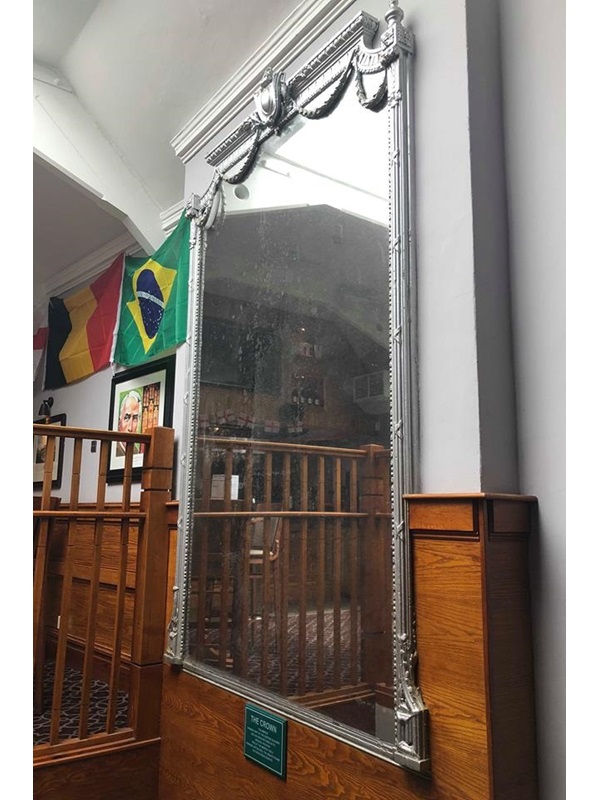
The text reads: Edward Elgar, Worcester’s most famous son, was born on the 2 June 1857 in Broadheath where his father, William Elgar, was a music show owner. Elgar composed music for The Worcester Glee Club. Founded in 1810 the Glee Club used this room of the Crown, then known as the music room to rehearse. Its members included Edward’s father and Uncle, Edward joined the second violins at the age of twelve and also-attended one of its last meetings held in December 1932.
Elgar was 42 when his Enigma Variations (1899), his first international success was premiered in London. A year later The Dream of Gerontius earned him high praise from Richard Strauss who considered Elgar the first English progressive musician. In 1902 Elgar received the honour of the Freedom of Worcester and two years later, in July 1904, he was knighted by King Edward VII. Elgar died on the 23 February 1934.
The photographic images in the music room include an early image of a recording possibly at City Road, London, in January 1914 when Elgar conducted his first recording of Carissma. The second shows Elgar conducting and was taken by Herbert Lambert, photographer and managing director of Eliot and Fry, Baker Street, London.
The Elgar bust on display is taken from the original bronze statue which is sited-in Belle Vue Island Malvern.
The original work is by sculptor Rose Garrard.
A sculpture of Sir Edward Elgar.
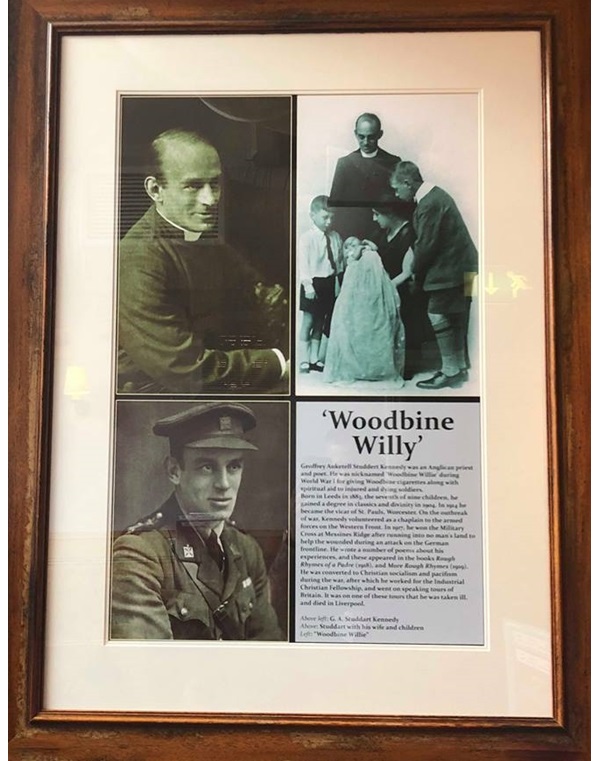
This mirror formed part of the existing building and has been retained in its original position whilst the mirror itself remains untouched, the ornate frame has been redecorated.
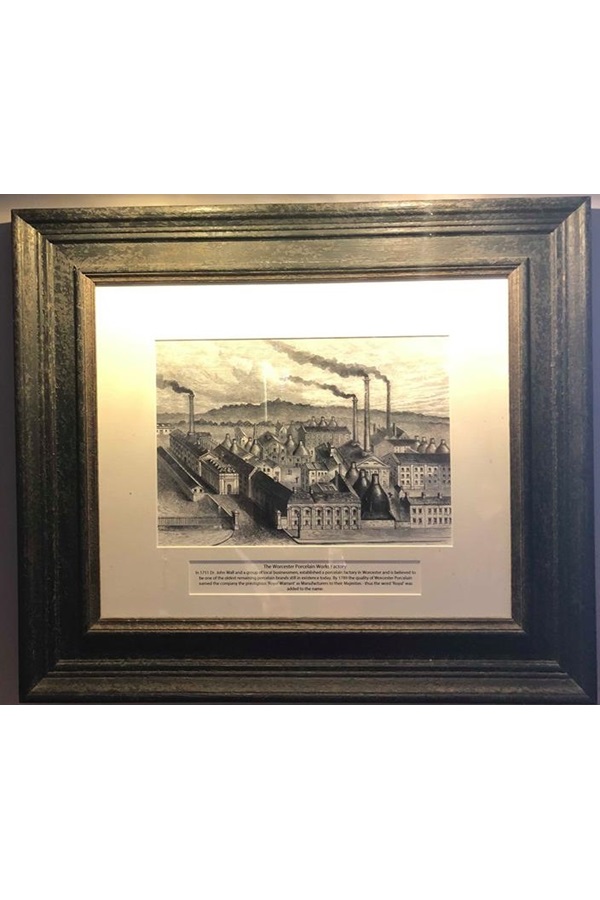
An illustration of Sir Edward Elgar.
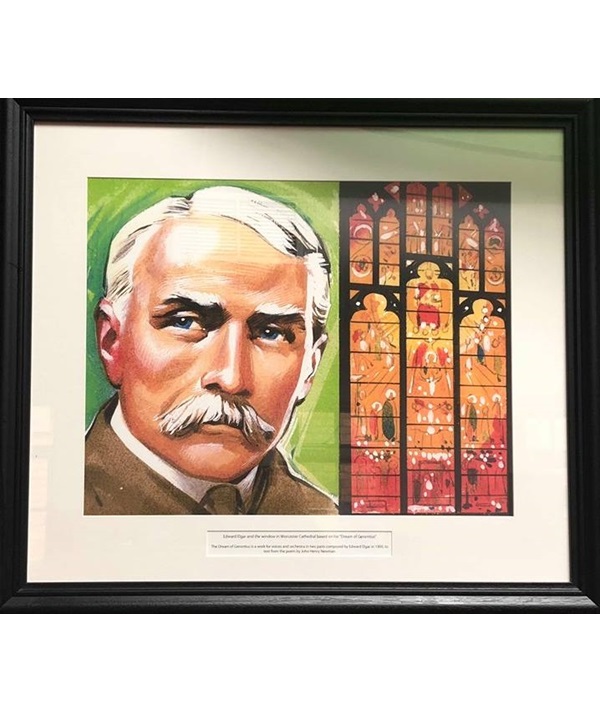
An illustration of the Worcester Porcelain Works Factory.
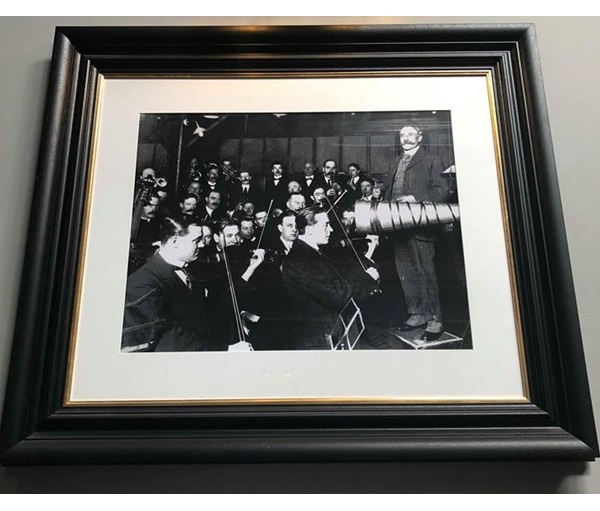
A photograph of Sir Edward Elgar conducting his music.
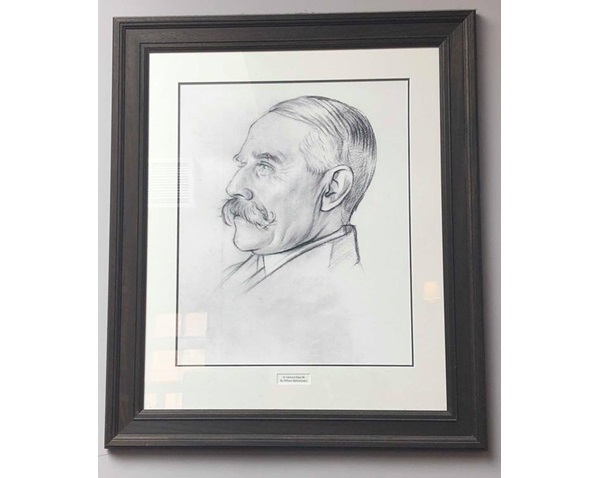
External photograph of the building – main entrance.
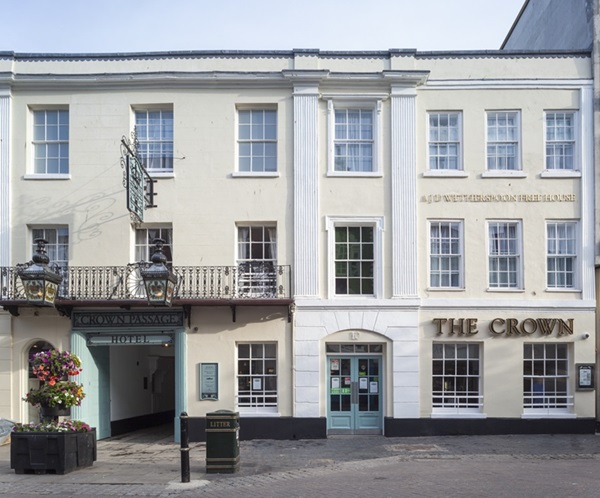
If you have information on the history of this pub, then we’d like you to share it with us. Please e-mail all information to: pubhistories@jdwetherspoon.co.uk